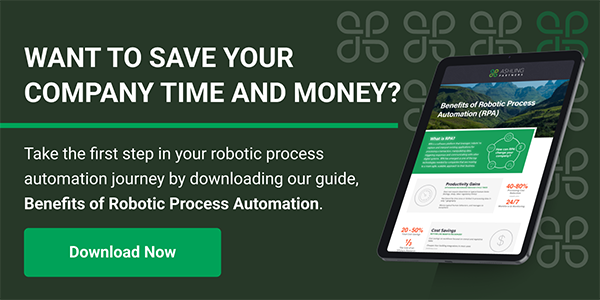Introduction
Higher education institutions across the globe are facing unique challenges as we move into a new decade. University leadership increasingly finds itself facing two seemingly contradictory forces: pressure to continuously increase the value provided to customers (students, alumni, and faculty) while at the same time maintain the institution’s financial stability. Universities that do not rise to meet these challenges will find themselves increasingly left behind in what is becoming a very competitive landscape. This blog series will seek to identify the key challenges facing higher education going forward and illustrate how hyperautomation in higher education will be a key component for leadership to leverage in addressing each of the challenges head on.

Customer Experience Trends
There are three primary factors driving a change in the way prospective students, students, and alumni expect to interact with universities. The first is the increased role of technology in their lives. We can turn on our coffeemaker, call a ride to work, and have lunch delivered all via our cell phones. This type of frictionless experience is more commonplace than ever before. University’s must meet the same standards related to their touchpoints with their customers. The second is the increased cost associated with higher education. This is oftentimes the most important financial decision of a student’s life and the demands for demonstrable job-readiness and value will continue to increase in order to justify the cost. The final factor is increased competition amongst institution’s internationally. Students have more choices than ever before, and the customer experience and offerings must rise to match the competition.
Increase Value & Decrease Cost
Related to the customer experience trends above, university’s face a catch-22. In order to increase the value provided to customers, not increase operational costs, and maintain financial viability in the face of increased competition and changing funding sources, they must increase their own operational efficiencies. Opportunities exist in the back-office departments as well as customer facing. A land-grant institution may require the manual review of every requisition for research purposes to identify any unethical products. Today this is done manually, however by referencing specific keywords an RPA solution could identify problematic requisitions and flag them for leadership review.
A customer facing example is a case where the Director of Alumni Engagement at a prestigious institution is charged with implementing a new fundraising campaign for the Business School. This must be done with the existing headcount and CRM technology. A bot can review the interactions and replies of alumni and based upon business rules, perform the required follow up and next steps to continue the customer on their journey.
Funding Shifts
The final challenge that this blog series will address are funding shifts. Public universities initially could rely on most their funding each year to come from the state government. In addition, tuition levels consistently increased to account for the expanding budgets and expansion of offerings, faculty, research, and facilities. However, state funding over the last decade has dropped precipitously and tuition has peaked within the student market. Increasingly, universities are relying on donations from private sources and alumni to fund initiatives to increase the value provided to their students. Although many institutions have recently had very successful campaigns, these gifts often come with strings attached and do not provide the flexibility of tuition or government funding.
Conclusion
The higher education industry faces three major challenges moving forward:
- Shifting customer experience expectations
- Increase value provided to customers while simultaneously decreasing overhead costs
- Reliance on other sources of funding outside of government and tuition increases
Hyperautomation provides leadership the ability to address and overcome the challenges laid out above, while at the same time limiting the level of intrusive change within their organizations. In the next blog, we will discuss use cases specific to the customer experience trends we are seeing within Higher Education.
Intelligent Process Automation, Future of Work, Robotic Process Automation (RPA), Continuous Process Improvement, Business Process Management, Business Process Outcomes (BPO)


